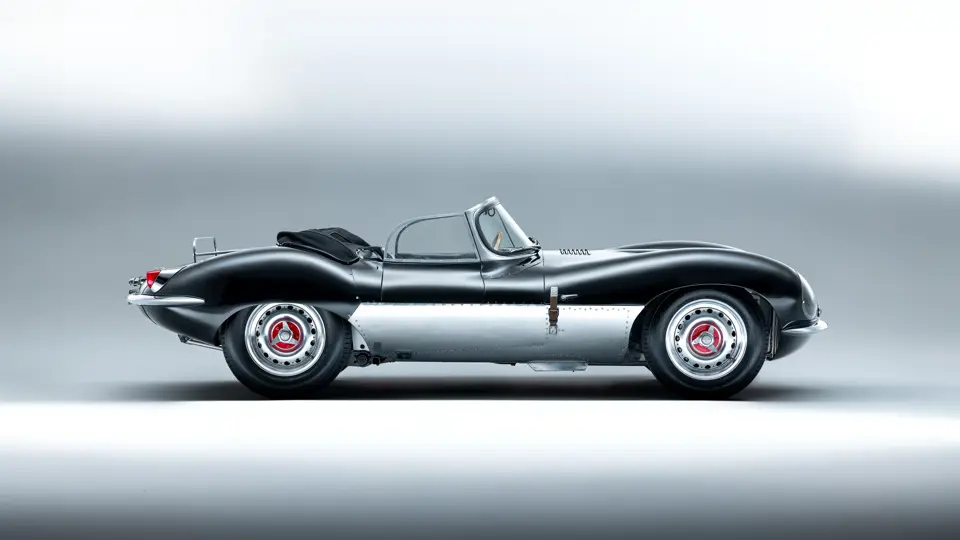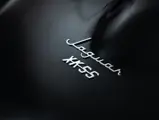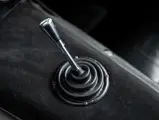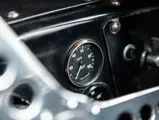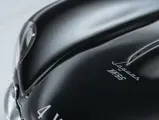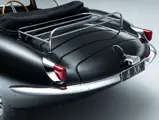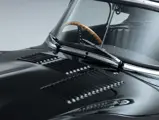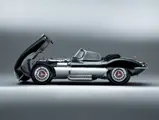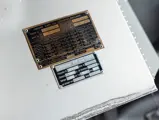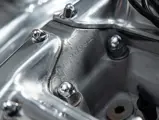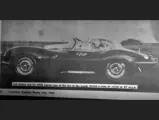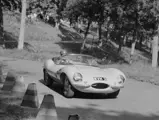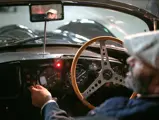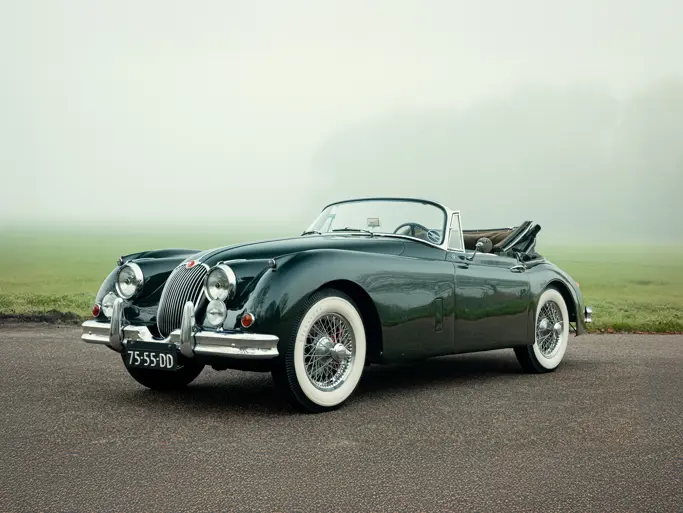
1957 Jaguar XKSS
{{lr.item.text}}
£9,000,000 - £11,000,000 GBP | Not Sold
{{bidding.lot.reserveStatusFormatted}}
- Highly significant and historically important; the first XKSS to be offered at auction in Europe
- The most sought-after of all road-going Jaguars; considered to be a D-Type for the road
- Retained by Jaguar until April 1957; later returned to the manufacturer for conversion to full XKSS specification in October 1958
- Impeccably preserved, retaining its matching-numbers monocoque chassis, front sub-frame, and body
- Upgraded from 3.4- to 3.8-litre specification by the Jaguar factory in 1960; importantly retains its original cylinder head
- Accomplished racing history includes competitive entries in the United Kingdom and Australia
- Sold to Jack Browning in 1959 and subsequently to Australia in 1962, where it was raced locally by Laurie O’Neill and Colin Hyams
- Purchased in 1972 by noted Jaguar enthusiast Bryan Corser, prior to its sale in 1985 to long-term owner Hermann Graf von Hatzfeldt
- Fastidiously maintained in recent years by marque specialists Pearsons Engineering and CKL Developments Ltd
- Accompanied by a generous spares package that includes headlights, a rear axle, Marston Excelsior radiator, piston rods, wheels, wheel bearings, and more
Just as Bentley forged its reputation at Le Mans in the 1920s, then so too did Jaguar a generation later. The Coventry-based marque mirrored Cricklewood’s record exactly with a remarkable five wins in seven years between 1951 and 1957. Those in 1951 and 1953 had been achieved with the XK120C—or C-Type—but it was the hat-trick of victories between 1955 to 1957, secured by its groundbreaking successor, the D-Type, that ensured Jaguar’s passage into Le Mans legend.
Brilliant engineer Malcolm Sayer was instrumental in the design of both cars, yet in technical composition they shared surprisingly little. Both used the same basic 3.4-litre Jaguar XK engine—available in 3.8-litre form from 1957 onwards—but the D-Type unit was fitted with a complex dry-sump system in place of the C-Type’s production-style wet-sump set-up. More significantly, while the C-Type employed a traditional tubular chassis clothed in aluminium bodywork, the D-Type featured an intricate rivetted aluminium monocoque centre section, onto which front and rear tubular sub-frames for the engine and rear axle were attached.
As a former Bristol Aeroplane Company engineer, Sayer’s familiarity with fuselage-type structures—and aircraft technology in general—proved invaluable; other aeronautically-inspired features on the D-Type included its cutting-edge Dunlop disc brakes and a deformable rubber fuel cell. Crucially, the car also benefitted from extensive wind tunnel testing. This was a factor that was critical to its superb aerodynamic efficiency and ultimate success at La Sarthe.
The announcement of a 3-litre capacity limit for World Sportscar Championship events from 1958 onwards prompted Jaguar to officially withdraw from racing in October 1956, and noticeably shortened the D-Type’s competitive lifespan. Faced with a pool of soon-to-be obsolete cars, Jaguar took the decision to convert 18 chassis to dual-purpose road/race XKSS specification, complete with full-height windscreen, passenger side door, and rudimentary weather equipment. Eligibility for Sports Car Club of America events ensured that some 14 examples were exported to North America, with one car sold to Hong Kong, and one remaining in the UK. Two chassis—XKD 533 and XKD 540—retained their XKD racing chassis numbers and were manufactured to full XKSS specification by the factory in 1958. It is the second of these two chassis which RM Sotheby’s is delighted to offer here.
Factory records indicate that XKD 540 was completed at Jaguar’s Brown’s Lane factory on 1 November 1955 in Production “Short Nose” D-Type form, finished in the classic Jaguar colour combination of British Racing Green with Suede Green leather interior. Remarkably, it remained unsold after more than a year. Contemporary Jaguar records list the car—somewhat cryptically—as “redundant after experiment”, although further details as to exactly what this experiment entailed remain a mystery.
On 29 April 1957, the car was sold to Jaguar agents Coombs of Guildford. Later that year, the car was sold to its first registered owner, wealthy textile machinery manufacturer and keen hill climber, Phil Scragg of Macclesfield, Cheshire, who registered the car with the Manchester registration mark “WVM 3” and resprayed it in his customary shade of light blue. A Jaguar enthusiast of longstanding, Scragg had previously raced both an SS100 and HWM-Jaguar, and his collection later also included two Lister-Jaguars and the final Lightweight E-Type produced.
At Scragg’s insistence, chassis XKD 540 returned to Brown’s Lane on 27 November 1958 for conversion to full XKSS specification. This was recorded in detail in accompanying correspondence between him and Jaguar’s legendary former Team Manager—and then Service Director—F.R.W. “Lofty” England. In addition to the fitment of a full-height windscreen, passenger door, luggage rack, weather equipment, and bumpers, as per standard XKSS practice, the car was also converted to a higher 3.92:1 axle ratio to improve acceleration.
Despite Scragg’s impressive hill climbing credentials, it appears that his use of XKD 540 was relatively modest, for in October 1959 it was sold to Jack Browning of Cheltenham, Gloucestershire. Throughout 1960, Browning drove the car in several hill climbs, with a 2nd-in-class at Prescott, and at Bouley Bay in Jersey the car’s most notable results. On 21 October 1960, XKD 540 was returned to Brown’s Lane to be upgraded from 3.4- to 3.8-litre specification, but importantly retained its original cylinder head. Accompanying correspondence between Browning and the Jaguar service department again confirms this. The car was collected by Browning in November 1960 and competed in this form at Prescott and in the Brighton and Weston-Super-Mare Speed Trials in 1961.
In February 1962, XKD 540 passed to another prominent hill climber, Betty Haig. Although the car was reregistered with her personalised registration number “BLH 7”, her custody was short-lived and the car was sold via intermediary Jack Playford to Laurie O’Neill of Sydney, Australia. In 1965, the car was purchased by versatile hill climb, drag—and sometime Formula 5000—racer Colin Hyams of Melbourne, in whose hands it competed occasionally. Curiously, the car’s history file contains a photograph of the great Jim Clark at the wheel, accompanied by friend and rival Jackie Stewart in the passenger seat. The two Scots had apparently sampled the car while contesting the 1967 Tasman Series.
In 1968, Hyams’ purchase of a Ford GT40 hastened the sale of XKD 540, with ownership passing to Melbournian garage proprietor Bill Clemens later that year. However, the car returned to the United Kingdom in 1972, when it was acquired by noted Jaguar collector Bryan Corser of Shrewsbury, Shropshire. At the time, Corser’s collection encompassed the final production C-Type, the ex-Jim Clark D-Type and the ex-Peter Sutcliffe Lightweight E-Type, so this XKSS could scarcely have been in better hands.
As a keen concours competitor, Corser restored the car to the same exacting standard as his other Jaguars. Having retained and occasionally displayed the car for more than a decade, Corser sold the Jaguar to Peter Fowler in 1985, who in short order sold it on to Hermann Graf von Hatzfeldt of Wissen, Germany. In Graf von Hatzfeld’s hands, the car contested the Mille Miglia Storica and several editions of the Nürburgring Oldtimer Grand Prix. The car’s remarkably preserved state was something of which the owner was justifiably proud.
After some 24 years of ownership, Graf Hatzfeld sold XKD 540 to Jaroslav Pawluk of Schwalmtal, Germany in 2008, who used it only sparingly and retained leading Jaguar specialists Pearsons Engineering to attend to its ongoing maintenance. In 2011, the car benefitted from a comprehensive hydraulic system service, cylinder head inspection, and carburettor and distributor overhaul at a cost of almost £10,000. Some six years later, a more extensive overhaul was embarked upon, with the car’s engine, gearbox, and back axle removed, and all suspension, steering and brake components crack-tested. Extensive-but-sympathetic cosmetic restoration work was carried out to the monocoque chassis and front and rear sub-frames, while the fuel, oil, and cooling systems were also overhauled, with this work amounting to some £44,110.
Acquired by the consignor owner in 2017, and used only minimally since, the car has benefitted from further recent maintenance by CKL Developments Ltd, whose proprietor, Chris Keith-Lucas, first attended to the car almost 40 years ago. Recent work has included a further overhaul of the front suspension and brakes, minor electrical repairs, and refitting both the original bonnet and tail section, with cumulative expenditure in the current ownership exceeding £17,000.
That the Jaguar D-Type sits comfortably in the pantheon of all-time great sports racing cars is beyond doubt. However, few would dispute that its near-identical sibling, the XKSS, warrants a similarly glowing assessment among its peers. Indeed, not only does it represent arguably the most captivating and exclusive of all road-going Jaguars; it is surely worthy of inclusion alongside the likes of the Alfa Romeo 8C, Ferrari 250 GT California Spyder, and McLaren F1 as one of the most significant and sought-after of all road cars.
In the case of chassis XKD 540, its performance and aesthetic appeal are matched only by its impeccable provenance and originality. The car is noted to retain its matching-numbers chassis, front sub-frame, and body, while major components including the rear axle, suspension, and brake components—and even ancillary items such as the header tank, dry sump tank, radiator, oil cooler and hood frame—are likely to be original to the chassis. The Jaguar is accompanied by a generous spares package that includes headlights, a rear axle (numbered “F55046”), Marston Excelsior radiator, pistons rods, wheels, wheel bearings, and more
Given the car’s itinerant life, and the passage of more than six decades, this is both remarkable and testament to the informed and sympathetic ownership which it has always enjoyed. Comprehensively documented, impeccably preserved and fastidiously maintained, it remains one of only a handful of D-Types or XKSSs considered beyond reproach, and one destined to serve as a uniquely spectacular centrepiece in any prospective collection.







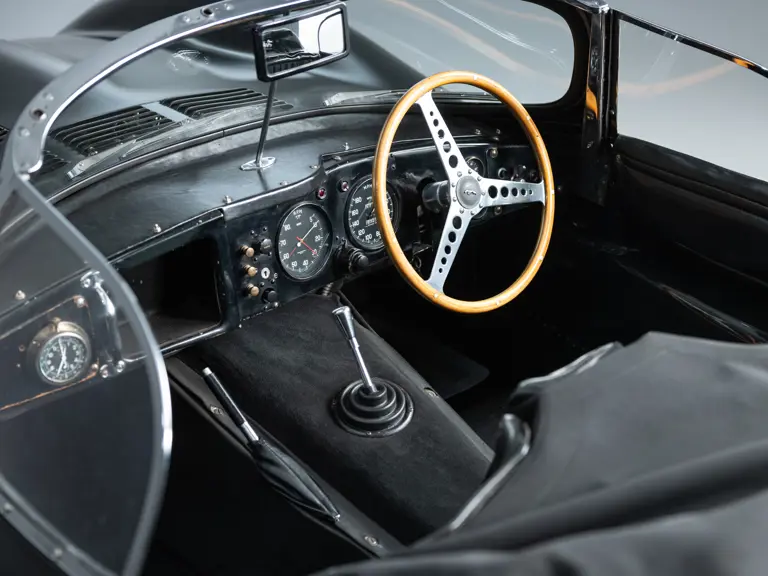







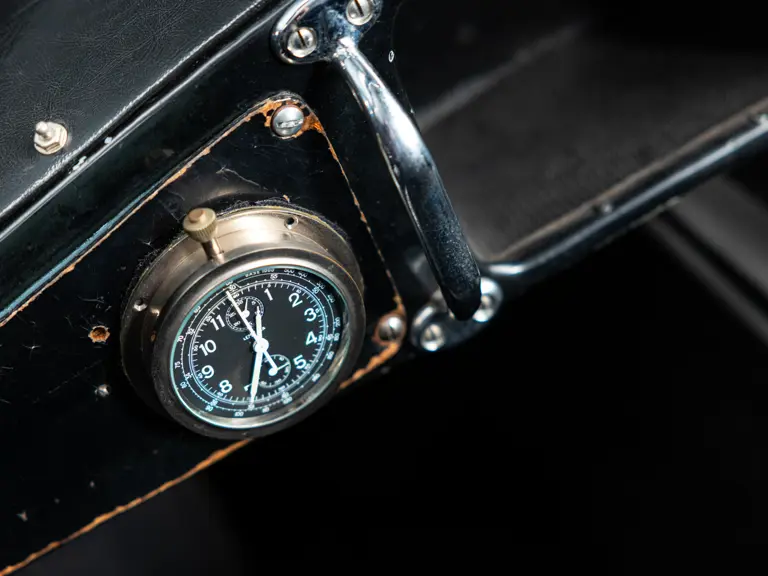
















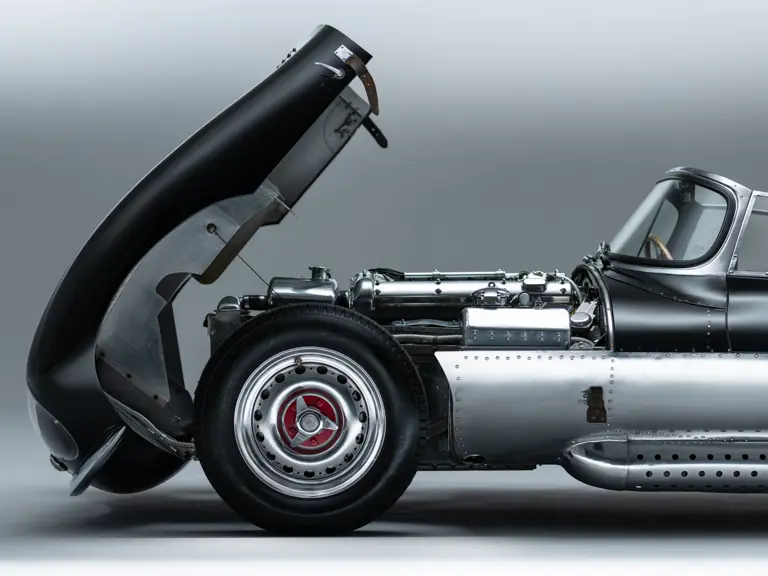







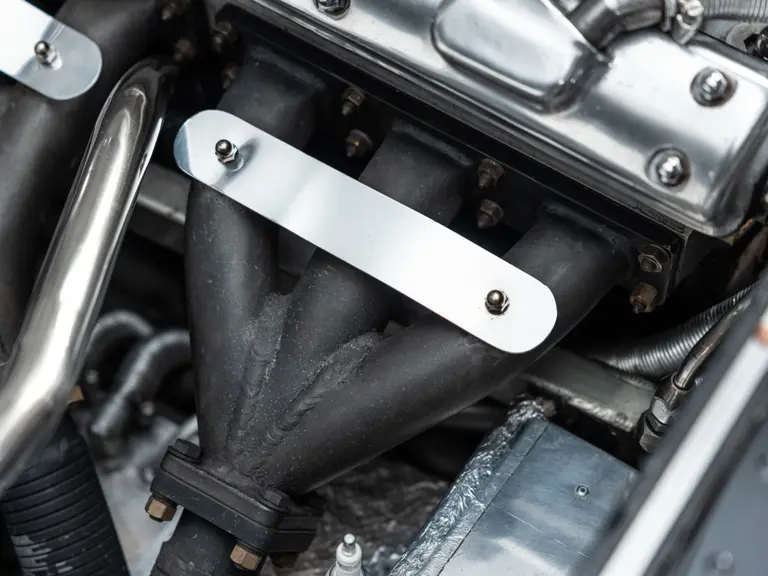

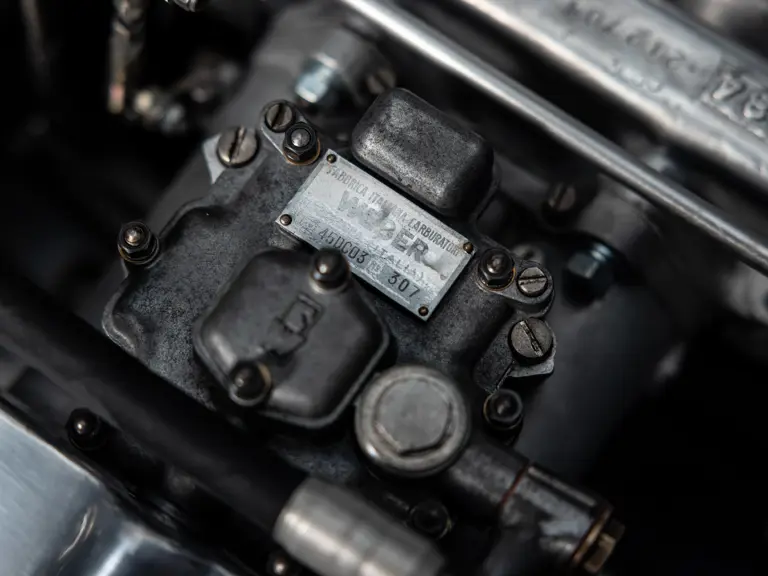



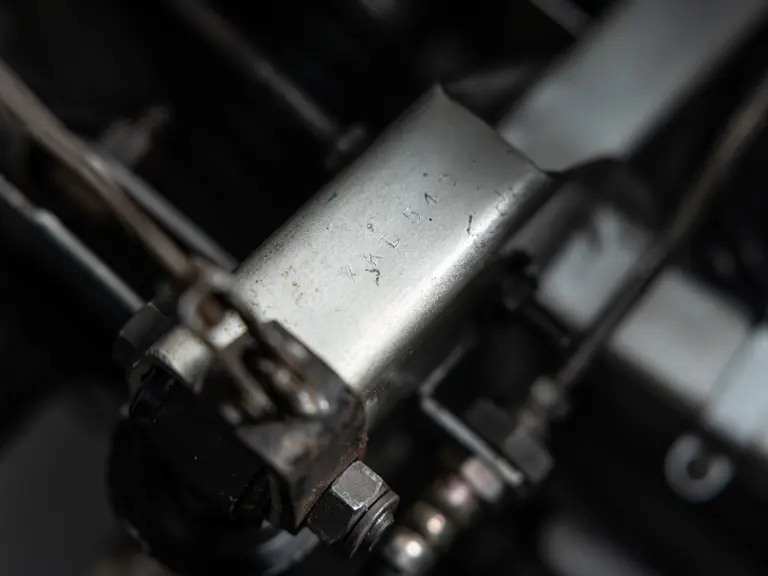
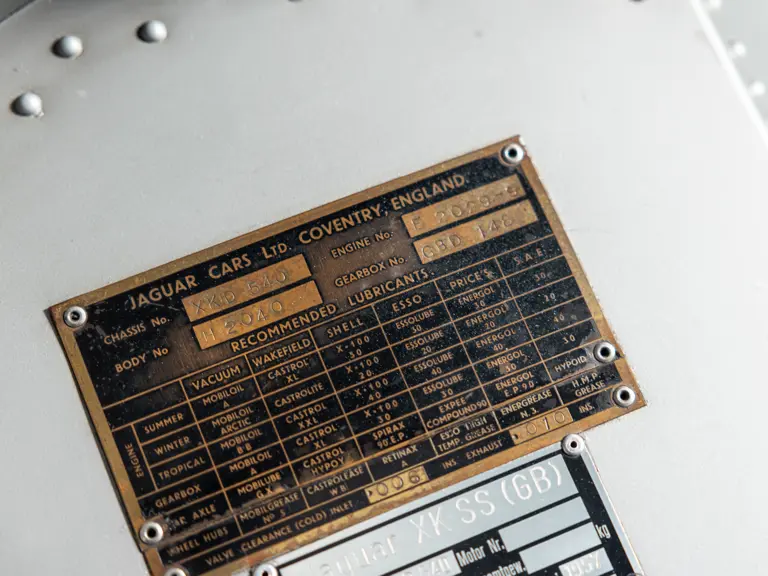
















 | London, United Kingdom
| London, United Kingdom
